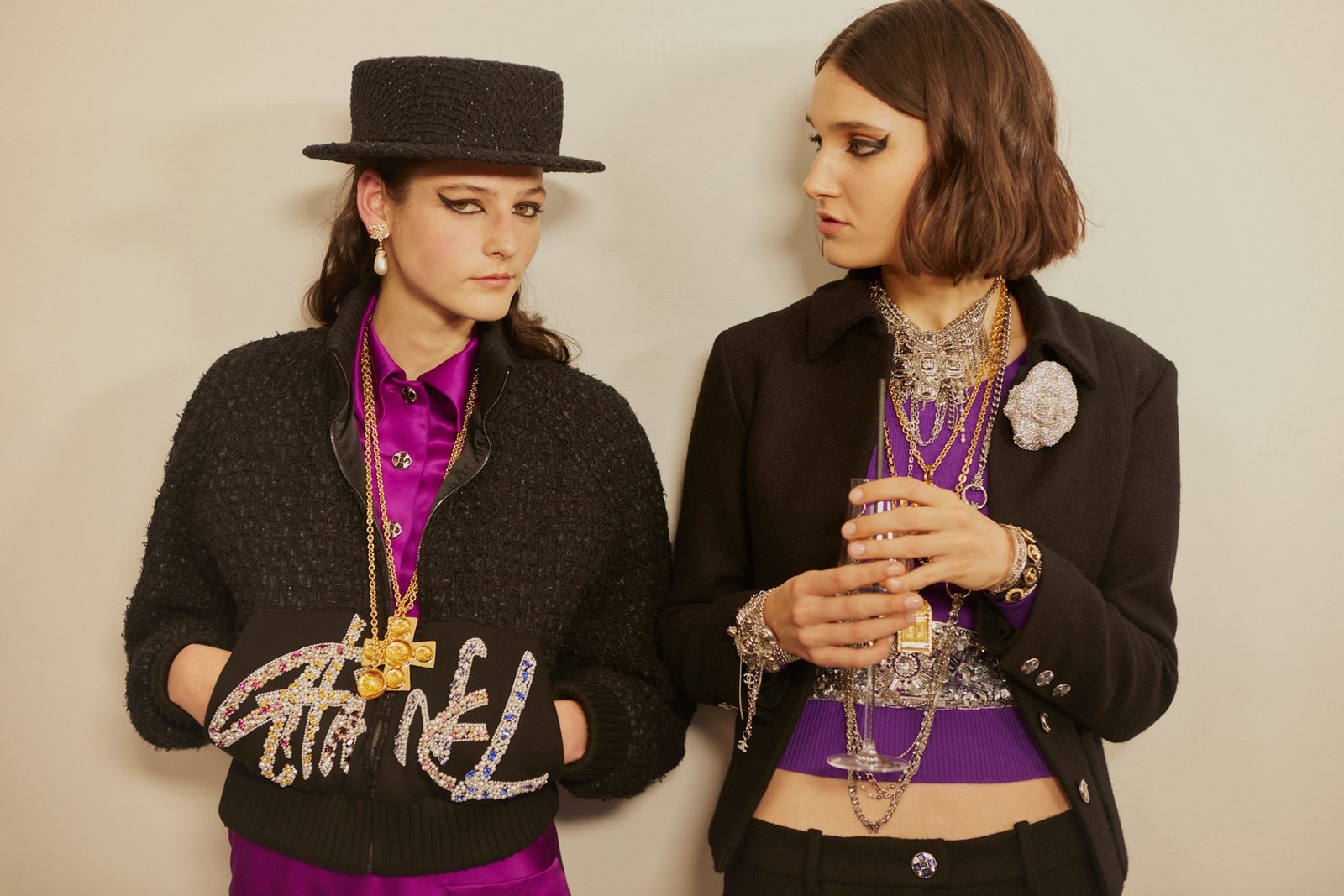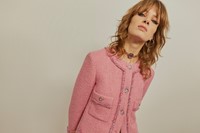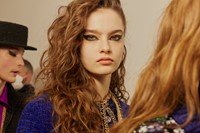It was, arguably, Gabrielle Chanel herself who planted the seeds of what Chanel now dubs its ‘Satellites’ – the specialist workshops, ateliers and craftspeople devoted to fashionable arts as recognised as embroidery and shoe-making, and as esoteric as pleating and feather-work. During Chanel’s time these crafts were thriving: there were some 800 plumassiers in Paris alone in the early 1900s, when Gabrielle Chanel founded her fashion house (originally as a millinery business). Today, there is just a handful – Chanel’s Lemarié is the leader, producing couture gowns for them and other fashion houses, and thousands of camellias every year.
But back to Gabrielle, whose work constantly supported young artisans, cajoling and encouraging them to experiment. Count Fulco di Verdura designed jewellery for her in the 1930s; after her comeback in 1954, she was a patron of a young goldsmith called Robert Goossens, whose maison is now a part of Chanel. The first to be absorbed into Chanel’s fold (no pun) was Desrues, a fine jewellery maker and accessory producer since 1936 whose hand-crafted buttons were chosen by Chanel for her clothes from the 1960s. In 1985, its ownership Chanel – slowly joined by a whole constellation of other artisans in an act part altruistic rescue of crafts many saw as consigned to the dustbin of history, part canny conservation of means to make clothes that are unique. 20 years ago, they began to be celebrated, annually, through Chanel’s Métiers d’Art collections and shows – essentially, a great exercise in couture knuckle-cracking, each house showing off the extent of their expertise in a display of savoir fair one-upmanship that is always inspiring to observe.
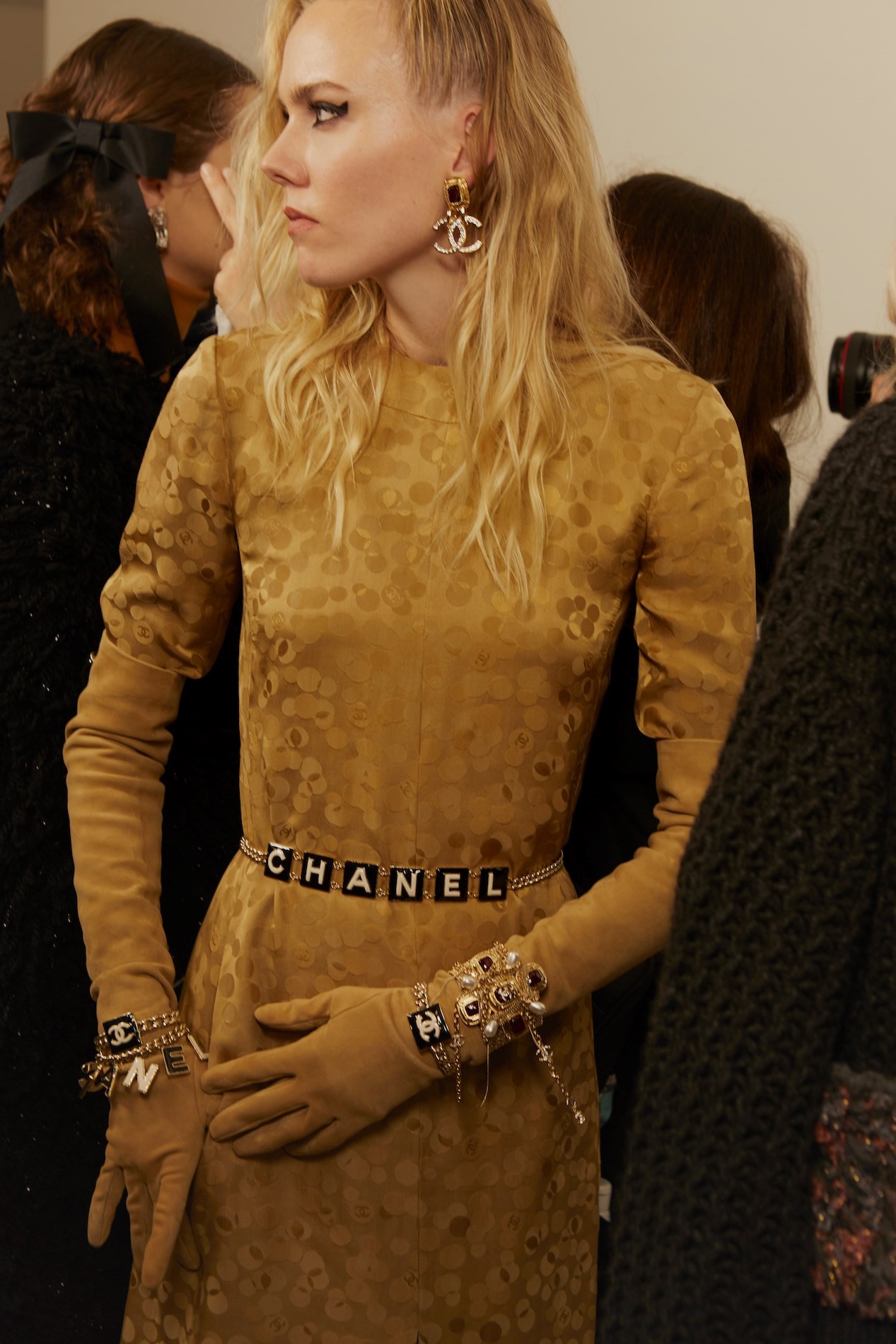
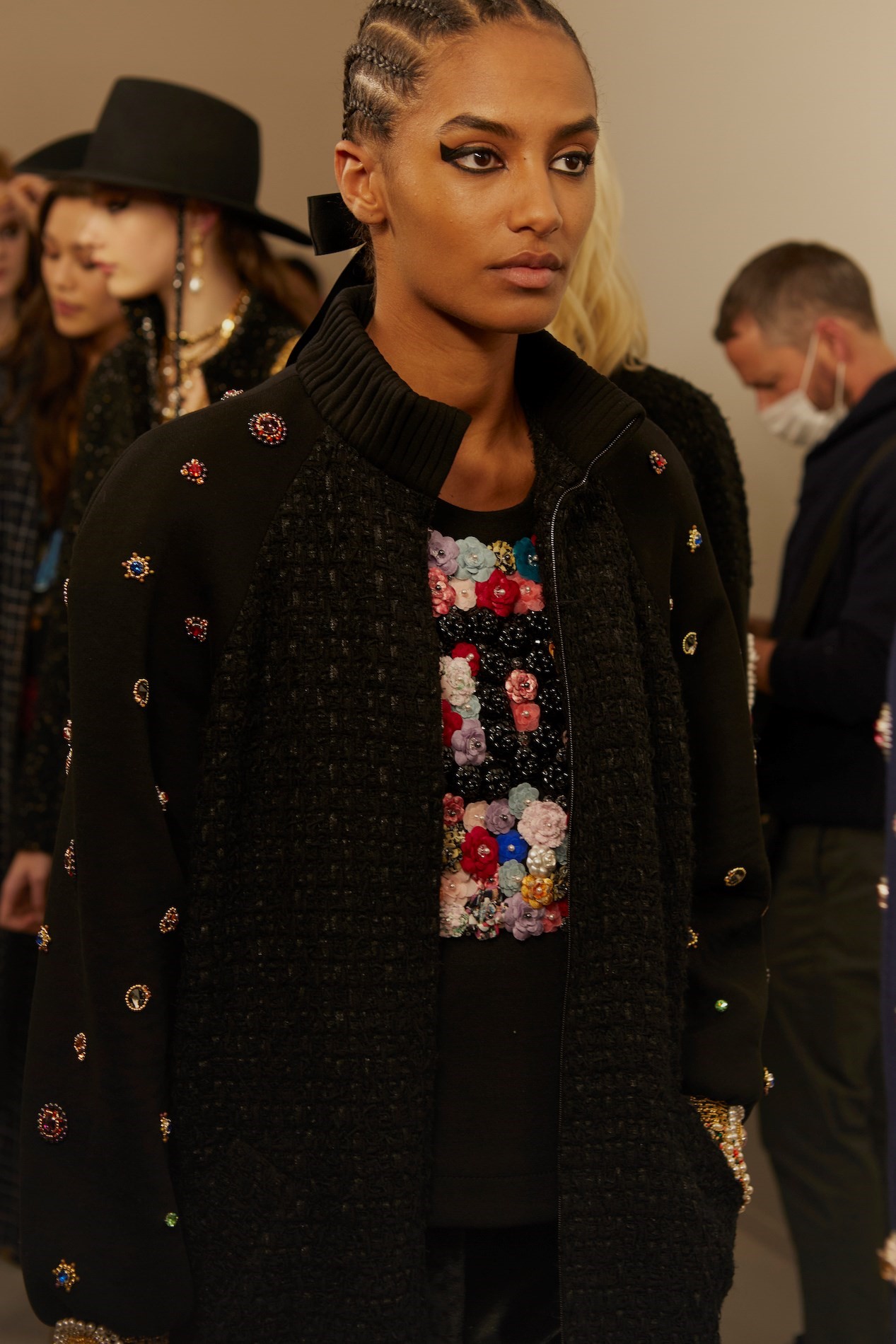
For Virginie Viard’s latest Métiers d’Art – her third – we were taken to the new nerve-centre of the operation. Over 25,000 square metres, it is a building dubbed le19M – after the 19th arrondissement of Paris where it is located – and ‘embroidered’ with an abstract white concrete façade resembling, in Viard’s eyes, the threads of Chanel tweeds, as imagined by its architect Rudy Ricciotti. Eye-catching but also practical, it serves to screen the rooms from the glare of the sun. 600 people work there across multiple ateliers – the embroiderers Lesage and Atelier Montex, the hatter Maison Michel, the pleater Lognon, the shoemaker Massaro and the aforementioned Ateliers of Goossens and Lemarié. And a few hundred more gathered in a vast atrium to watch the unveiling of Viard’s 2022 Métiers d’Art show, the clothes poetically walking beneath the ateliers that hand-crafted them.

If Ricciotti’s building has been inspired by the crafts it houses, that process was reversed on the clothes, many of which featured literal embroideries of those abstract threads, the architecture seeping into the clothes via osmosis. There were also jackets and knits chicly ‘scribbled’ with embroidered Chanel graffiti. “Metropolitan yet sophisticated,” was the terminology Viard employed to describe the mix, that fused couture elements with streetwear shapes and a relaxed attitude, embroideries on slouchy knits and tailoring, looped satin ribbons on slender skirts, slit high for easy movement. That melange is, of course, a hallmark of Viard’s predecessor and mentor, Karl Lagerfeld, dynamic man who mixed leather jackets with Chanel ballgowns and first fused the house’s polished tweed with denim (a look that reemerged, with a vengeance, for this show). Then again, Gabrielle Chanel was street-smart too – jersey was the denim of the 1900s, its use in high fashion as scandalous as Chanel’s 1980s and 1990s Lagerfelisms.
Those have become part of the indelible identity of Chanel – denims, jerseys, tweeds, tangles of costume jewellery, visual vocabularies and aesthetic outlooks shared by Viard, Lagerfeld and of course Chanel herself. But these satellites and their artful métiers have equally become part of Chanel’s modern make-up – clothes that translate the magic that Lady Amanda Harlech once described to me as “the impossibility of haute couture” into exceptional ready-to-wear. In short, weaving dreams.
